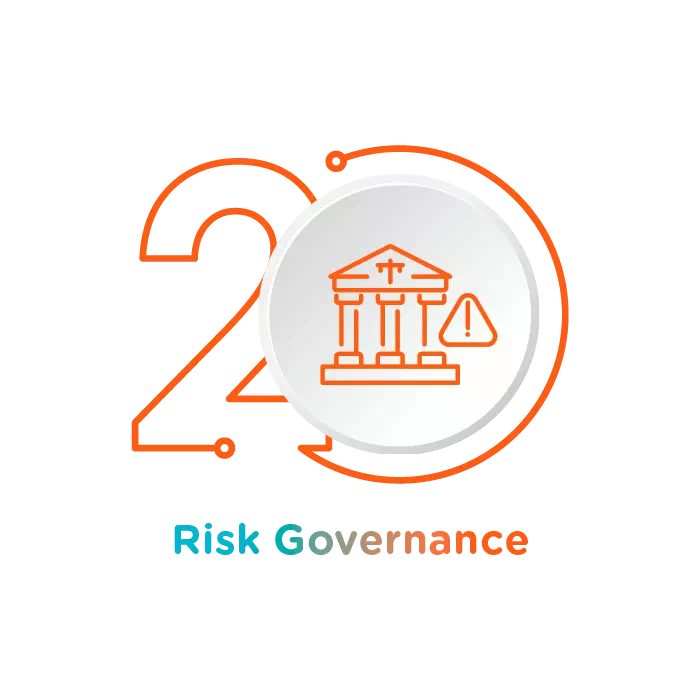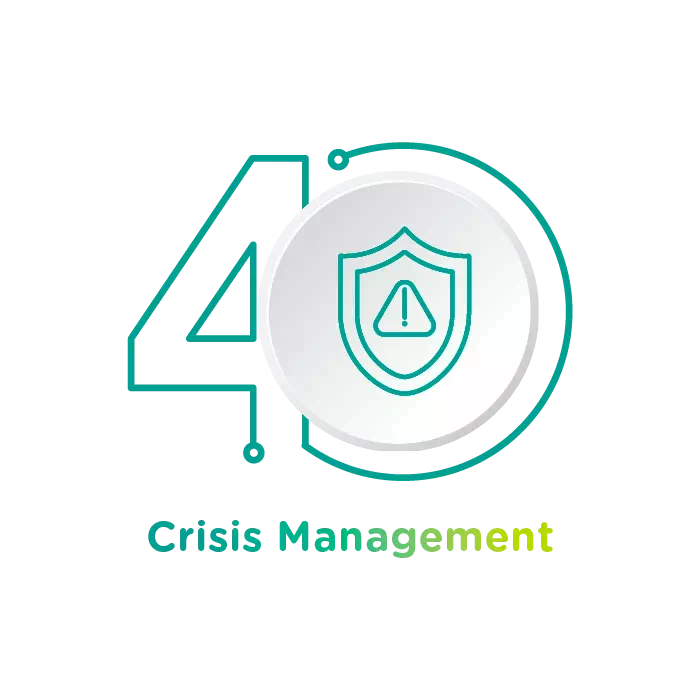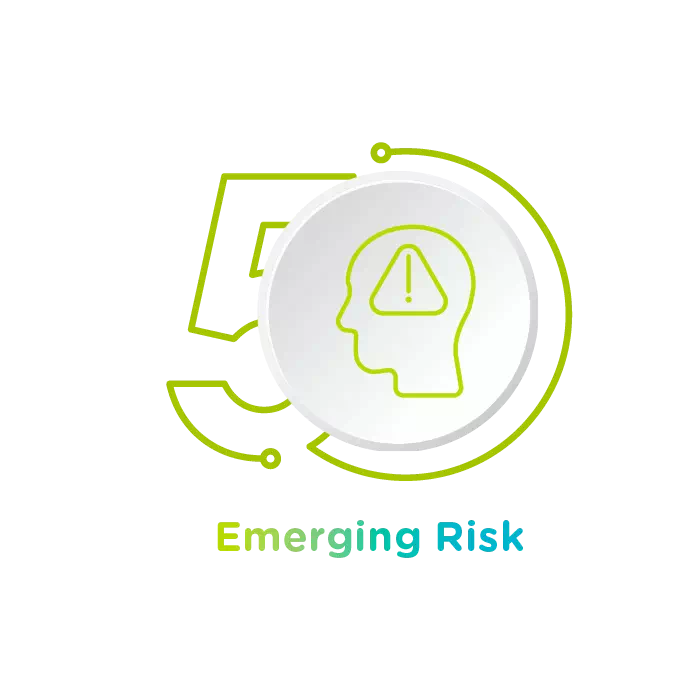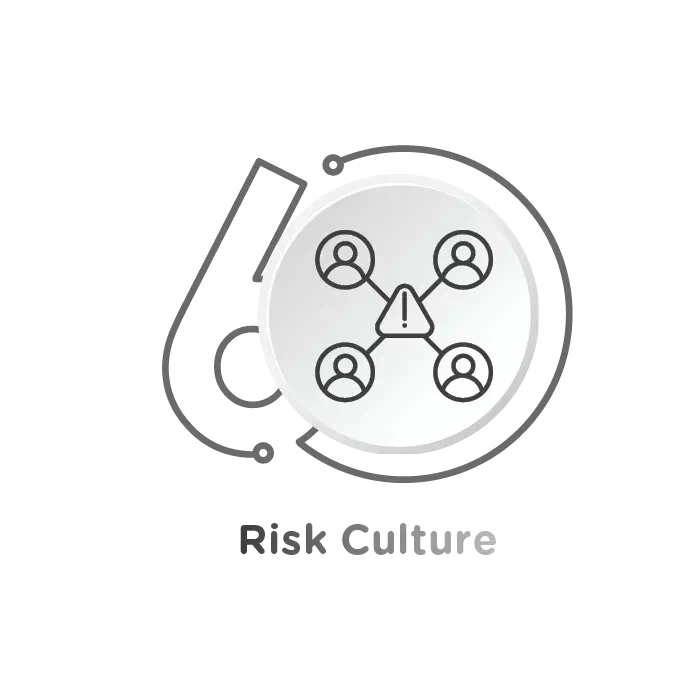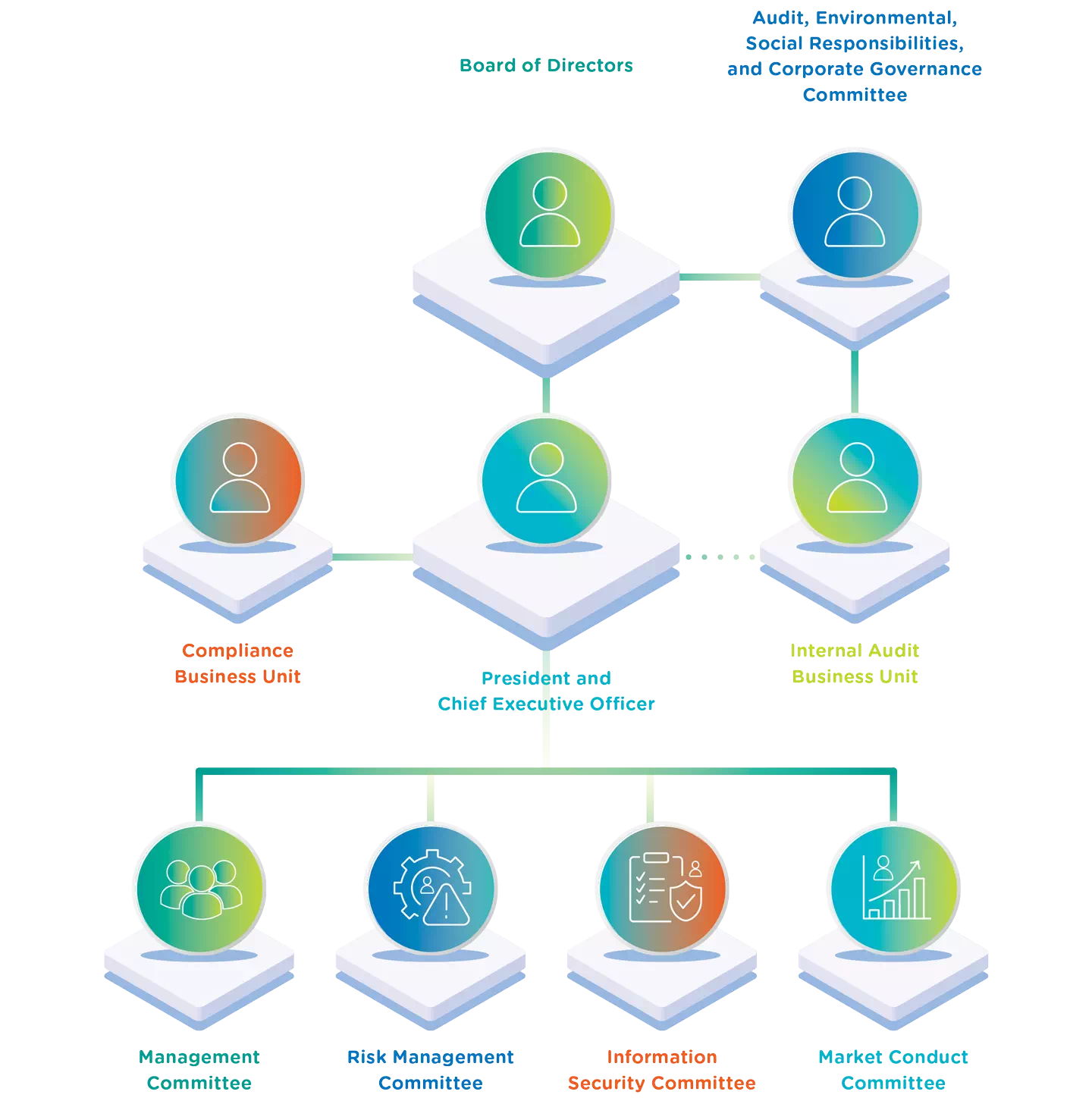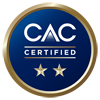Internal Audit Business Unit
The Internal Audit Business Unit is independent and is
accountable for evaluating the effectiveness of the
1st and 2nd Lines of Defense, as well
as the efficiency of the internal control, risk management,
and corporate governance systems. Findings are reported
directly to the Audit, Environmental, Social
Responsibilities, and Corporate Governance Committee, where
management will use the results from the internal audits to
improve relevant matters.
For risk management process auditing, the Internal Audit
Business Unit is responsible for conducting an annual
assessment of the effectiveness and sufficiency of the risk
management process to ensure that the Company has adopted an
appropriate risk management system. Additionally, external
auditors conduct financial audit and certification while
also verifying compliance with information security and
personal data protection standards, including ISO/IEC
27001:2013 and ISO/IEC 27701:2019, as well as the Payment
Card Industry Data Security Standard (PCI DSS). This ensures
that the Company implements an appropriate risk management
system, covering various aspects of risk management to help
the organization understand risks and control processes
systematically.



 Promotions
Promotions
 KTC WORLD
KTC WORLD KTC U SHOP
KTC U SHOP




 Login
Login





